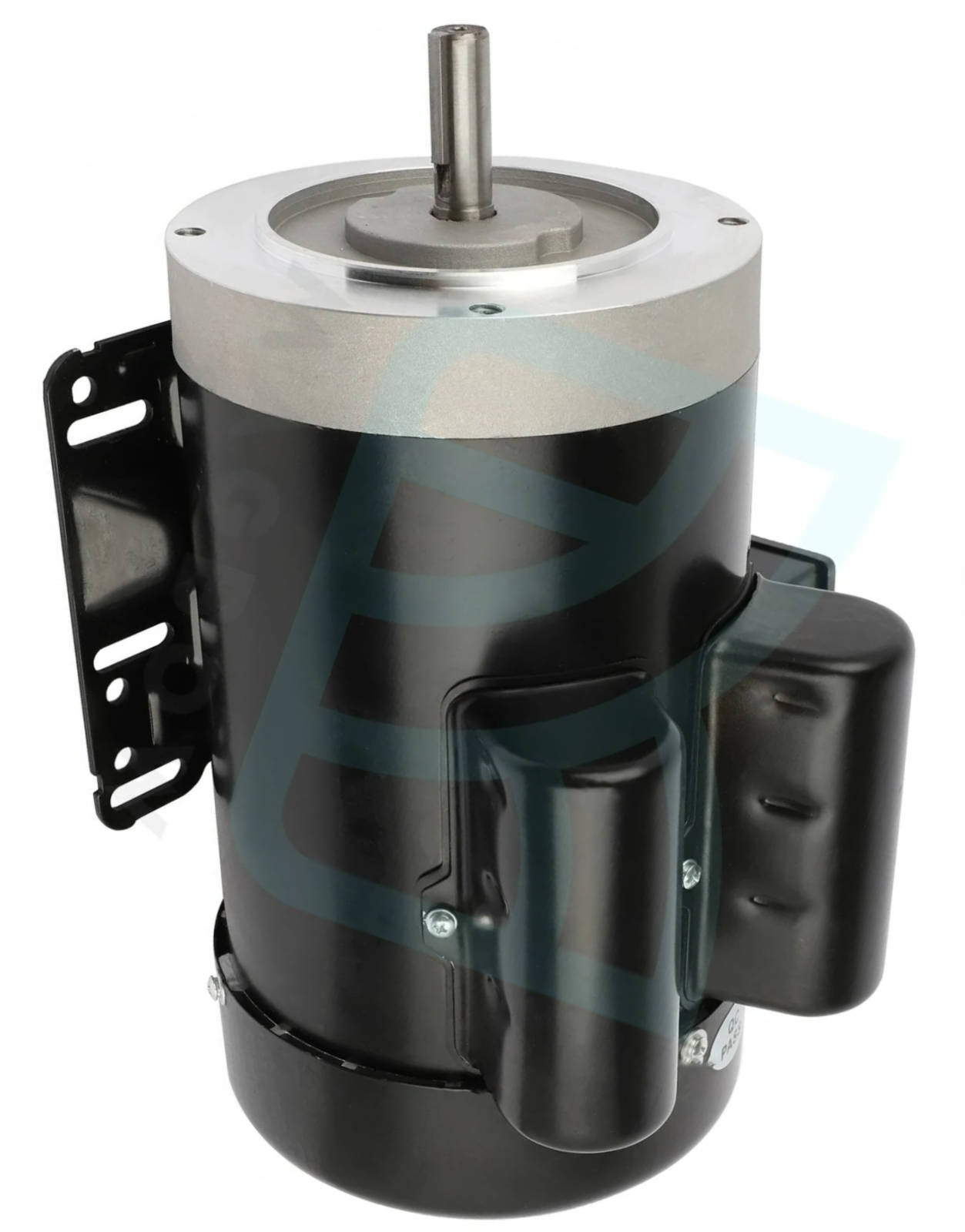Homemade Muffler
 I built my own muffler long ago well before I had a digital camera or any interest in sharing. I've built a couple since, one for me and one for a friend. When I get around to making another, I will take pictures and document each of the steps.
I built my own muffler long ago well before I had a digital camera or any interest in sharing. I've built a couple since, one for me and one for a friend. When I get around to making another, I will take pictures and document each of the steps.
Regardless, here is what I say on my cyclone web page about building a muffler:
I like adding a muffler. PSI sells one for $49 that I have heard saves about 10 dB as well, but it only fits a 5" outlet that I think is too small. We really should use mufflers that are at least 7" and preferably 8" interior diameter on our cyclones. Quite a few have made their own mufflers out of screen wrapped with foam then fiberglass followed by being slipped into a larger tube. I tried making one using PVC pipe because PVC helps dampen the noise, but found sliding the outer pipe onto the insulated inner was too difficult. For my next I used snap lock pipe on a screen made of 1/4" hardware cloth (galvanized square heavy wire mesh) covered in landscape fabric then heavy fabric foam, fiberglass insulation and another layer of landscape fabric all covered by a piece of snap-lock pipe. With the snap-lock pipe it was bear to fasten that center seam but much easier than trying to slip that mess into a tight PVC tube. My Home Depot store had nice tapered HVAC reducers that ended up making a pretty good-looking muffler. After I went to all that work, Larry Adcock, creator of the WoodSucker, told me it would have been easier to just use a length of fiberglass insulated HVAC flex duct in place of the muffler as a long enough length does a better job and costs far less. I tried that and he was right!
I've since bought a good digital dB meter. I measured 96 db with the blower just going directly into the filter through metal duct. Adding my homemade muffler to that same setup dropped it to 88 dB. It went down to 92 dB using PVC duct and no muffler. Using insulated HVAC duct it went down to 87 dB with no muffler. Using insulated HVAC duct and my own homemade muffler it went down to 82 dB. These test results will vary considerably depending upon how you made your blower, your choice of impeller, motor choice, any coatings or insulation you use, and depending if you use anti-vibration mounts.
For those who still really do want a muffler, this is not rocket science. Today I would make a few minor changes to improve its performance. Use 12" snap-lock external pipe and make the internal mesh an 8" cylinder of 1/4" grid galvanized hardware cloth or expanded metal, cover that hardware cloth with landscape fabric or if can't get that use fiberglass window screen, add a layer of acoustic foam either from home construction or a sound shop, and then wrap all in fiberglass insulation before snapping on the exterior pipe and slipping on the ends.
Dave Belliveau built a muffler from my earlier plans and was kind enough to document his efforts with pictures. He also shared some noise control information links that are on my Links page. If you are interested in seeing his please click here and be patient while the pictures load.
The reader assumes all responsibility and liability associated with the hazards of woodworking and dust collection. Dust collection when improperly built, implemented, used, or maintained may cause serious injury or even death, so USE THIS INFORMATION AT YOUR OWN RISK! The author has no control over how a reader will act as a result of obtaining information from these pages. Your actions are your responsibility, VERIFY and CHECK information out before proceeding, and don't attempt anything without the required skills. The author shall not be responsible for any errors or omissions that may be present on these pages. Accordingly, the author shall assume no liability for any action or inaction of a reader.
The drawings, procedures and words shared on these pages are as in use by the author and shared for information only. No claims are expressed or implied as to the safety, usefulness, or accuracy of this information. Neither the author nor any other references or links on these pages will accept any liability for any damages or injury caused to people or property from use of this information or from any associated links.
These pages are directed toward a hobbyist and small shop woodworker audience and are not intended for application in a commercial, institutional, or industrial setting. Commercial woodshops are generally governed by a complex set of worker safety regulations, such as those mandated by OSHA. Satisfying the compliance of such regulations is beyond the scope of these web pages. HIRE A PROFESSIONAL ENGINEER to design, specify, test, and certify performance of any dust collection system if you have a commercial or an industrial application, allergies, other medical problems, people working for you, a large shop, work with hazardous materials, or are subject to regulatory oversight.
Unless you as a woodworker provide appropriate fine dust protections, most small shop owners put your health, the health of those close to you, and even the health of your pets at risk. Unfortunately, particle testing by the author and hundreds of others all across the country shows those who vent inside even with very clean looking shops invariably have huge build ups of invisible dust. Government testing shows on average just one hour inside a small shop that vents its dust collection inside results in more fine dust exposure than large facility commercial workers receive in months of full-time work. The difference is almost all large commercial facilities vent their dust collection systems outside, so they rarely build up the fine invisible fugitive dust that escapes collection. Even with venting outside, the peer reviewed medical research shows the more fine dust we take in the greater the short- and long-term health damage and this research also shows even with their much lower exposures almost all large facility woodworkers develop serious dust triggered health problems and significant loss of respiratory capacity. This much higher exposure information should terrify small shop and hobbyist woodworkers because of our much higher exposures. Respiratory doctors who have read these pages share small shop woodworkers and their family members often have the worst respiratory problems. Please take the time to protect yourself and those close to you.
















